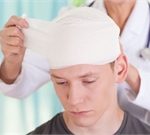
Less than half of patients with a sports-related mild traumatic brain injury (mTBI) recover within two weeks, new research shows. “This study challenges current perceptions that most people with a sports-related mTBI recover within 10 to 14 days,” said lead author Dr. Stephen Kara, from Axis Sports Medicine in Auckland, New Zealand. He and his colleagues analyzed recovery time in nearly 600 patients in New Zealand treated during a two-year period for sports-related mTBI. More than 3 out of 4 were male, and their average age was 20. About 7.5% were under age 12. All patients followed a standard protocol. It included 48 hours of “relative rest,” meaning they avoided mental and physical tasks that could aggravate their head injury. They then gradually increased such tasks. After 14 days, 45% of patients had recovered, the study found. Recovery rose to 77% after four weeks and to 96% eight weeks after injury. Recovery time was similar across all age groups. However, current guidelines from the global Concussion in Sports Group (CISG) say that nearly all sports-related concussions resolve within 10 days. U.S. guidelines for youth concussions call for follow-up care from a health care provider after the emergency room visit, then a plan for gradual return to school and play when fully recovered. Each person should be evaluated individually. The study findings appear in the March… read on >










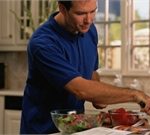
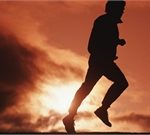

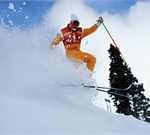
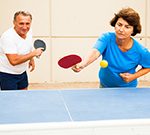

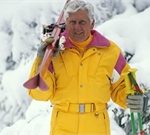

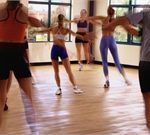










-300x200.jpg)







-300x169.jpg)
